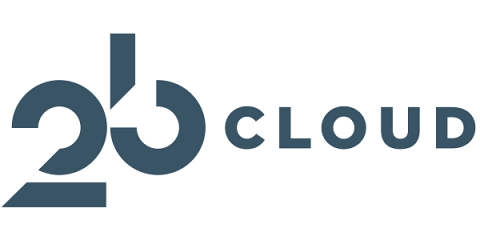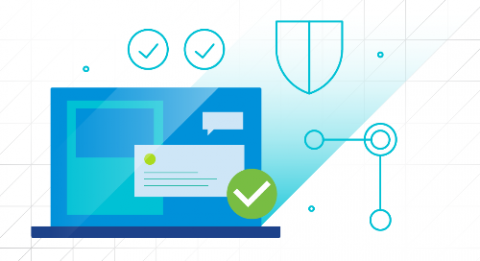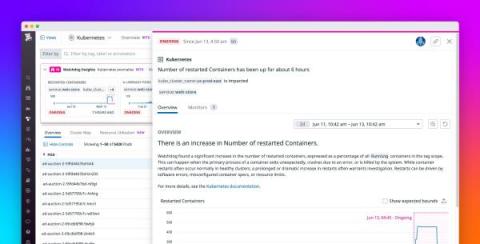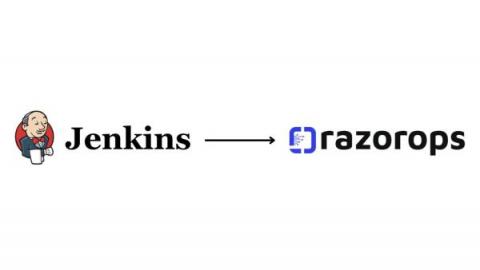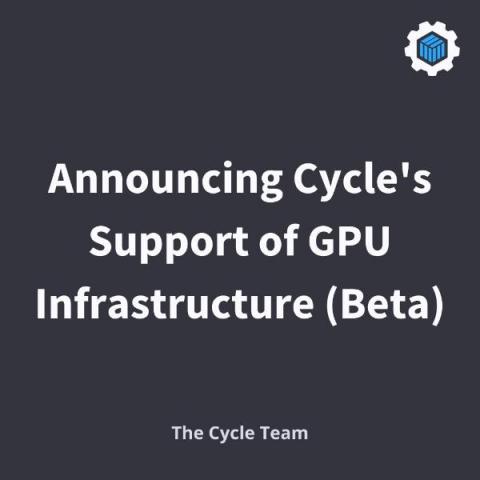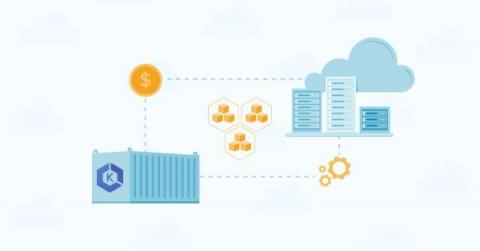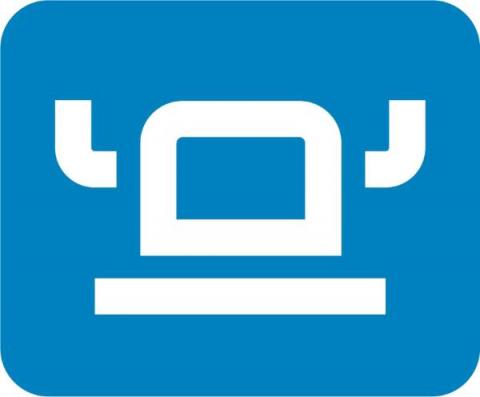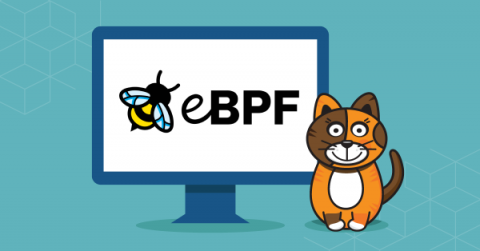Kubernetes is not the only one. Overview of AWS ECS
In part two, I will cover: Microservices Architecture Overview: New Challenges for Monolithic Architecture As an application grows, so does the amount of code written. This can quickly overwhelm the development environment every time it needs to be opened and run. As you must deploy everything in one place, this approach means that the transition to another programming language, or other technologies becomes a big problem.


